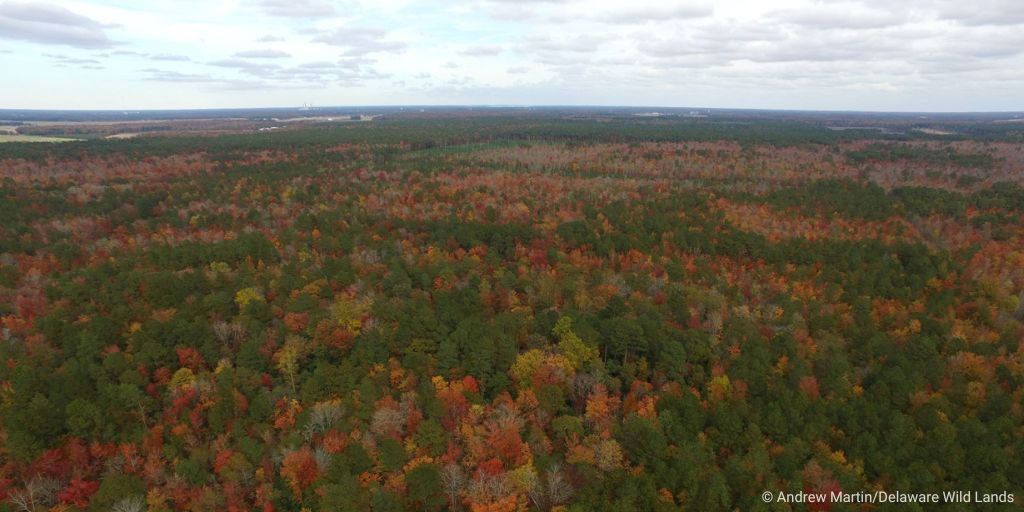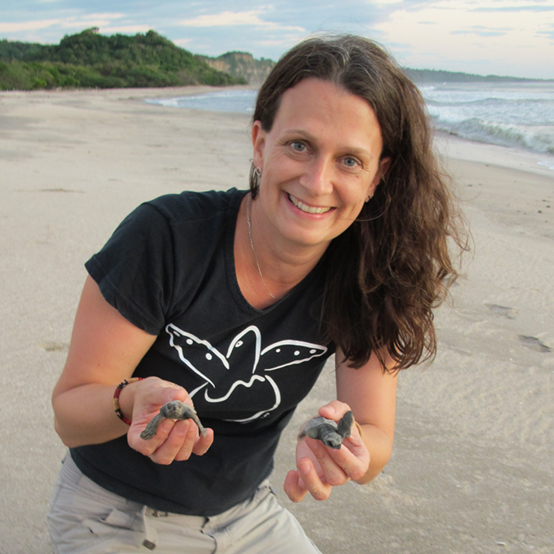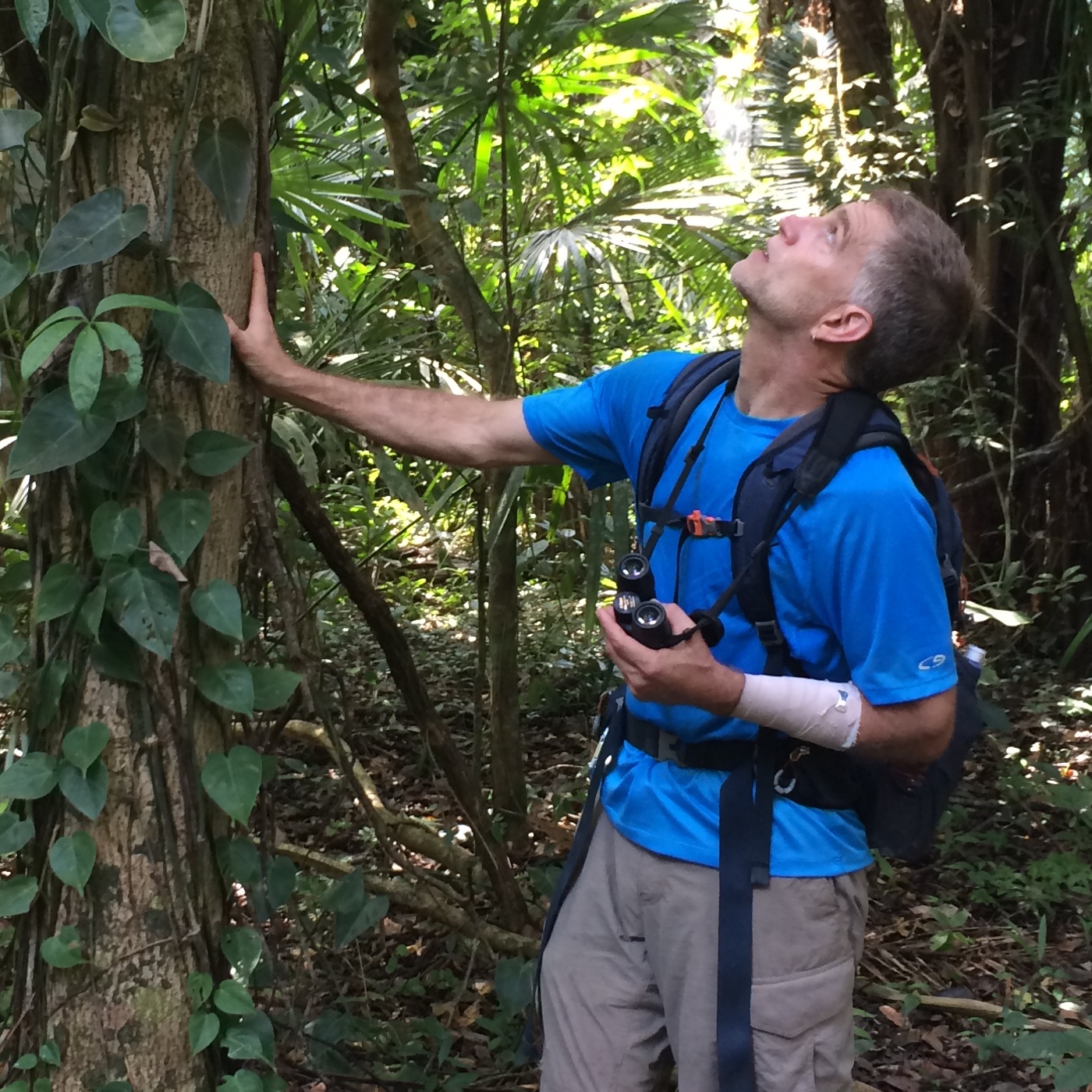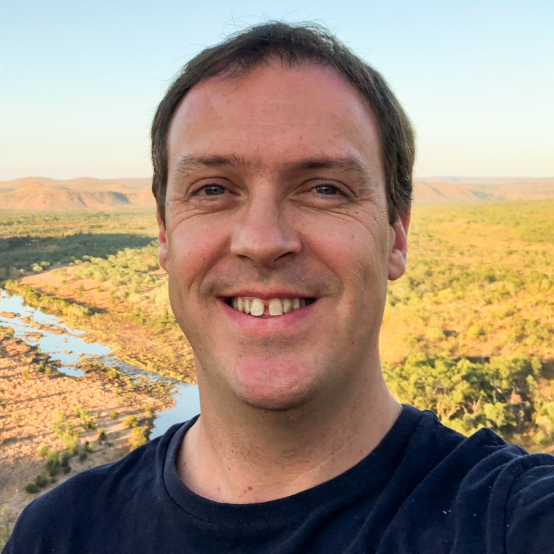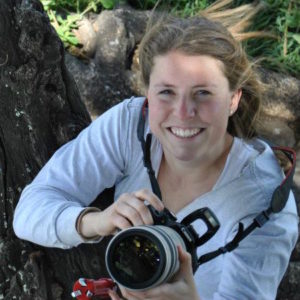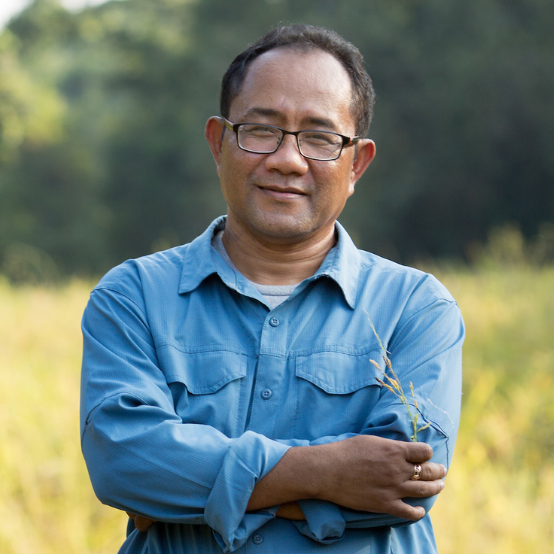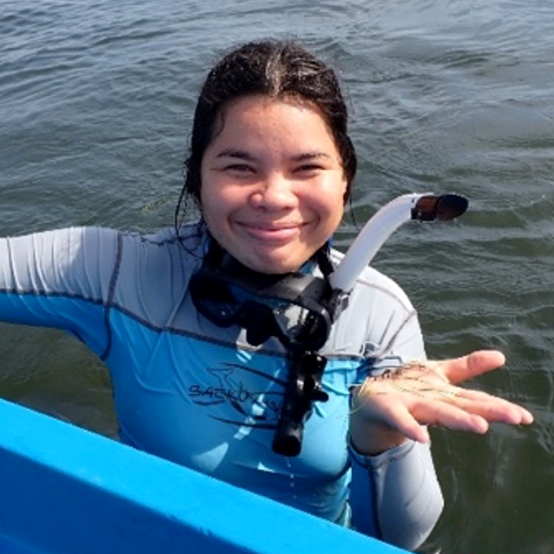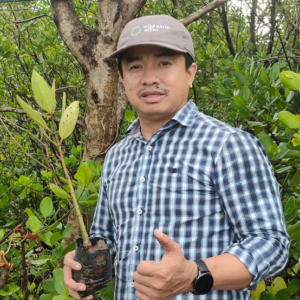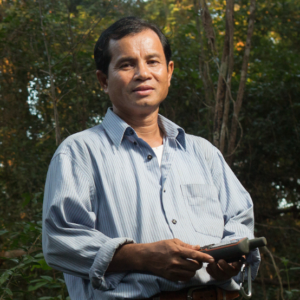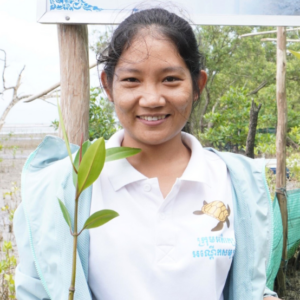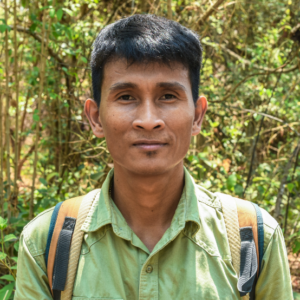I recently had the pleasure of rediscovering a plant in the Great Cypress Swamp that no one had seen in Delaware since 1877. During botanical surveys with our partner Delaware Wild Lands, I saw a healthy population of the beautiful Pluchea camphorate (Marsh Fleabane and Camphorweed), a species from the sunflower family. The plant’s revival in the Swamp symbolizes a larger transformation in this remarkable forested wetland.
The Swamp once stretched across as many as 100,000 acres. Over the past few hundred years, its rich ecosystem fell victim to excessive timbering, agricultural conversion, low density residential development, and two major fires. These changes reduced native plant and tree species to a fraction of their original extent. Wild Earth Allies joined forces with Delaware Wild Lands three years ago to restore the Swamp’s vital biodiversity. Today, our powerful partnership is yielding significant results for people and nature.
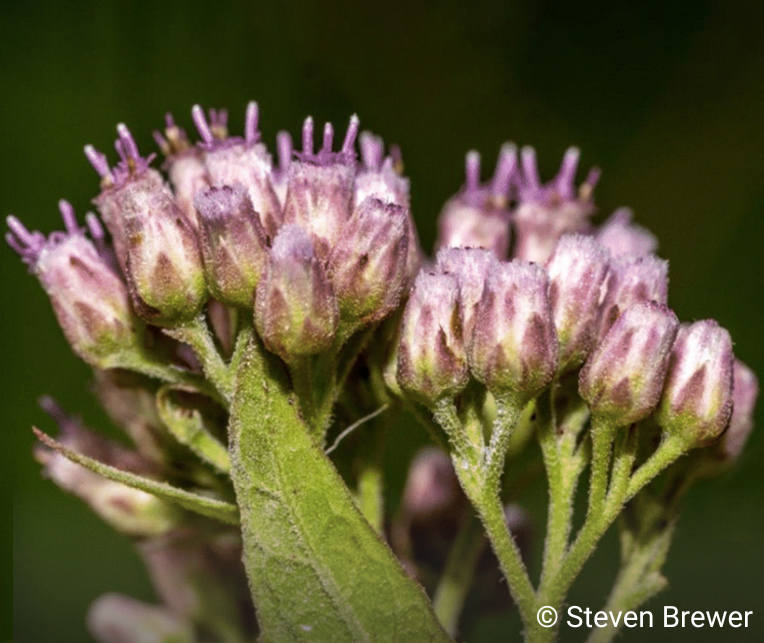
Historical Fun Fact
Albert Commons was an early botanist of the Delmarva Peninsula. On August 15, 1877, Commons’ travels took him to the “Cypress Swamp near Gumboro”—now known as the Great Cypress Swamp—where he discovered the first and only known population of Pluchea camphorata for Delaware. The species disappeared over the years as the Swamp was drained, logged, and converted to agriculture.
The Benefits of Rewilding the Swamp
A Powerhouse of Ecosystem Services
The Swamp makes the environment healthier. As a vital part of two major watersheds—the Delaware Inland Bays and the Chesapeake Bay—it provides essential ecosystem services to the rapidly developing Delmarva Peninsula. Large, forested areas like the Swamp filter, store, and moderate the availability of rainwater. This protects the flow and quality of water in rivers and streams, critical for biodiversity and for clean drinking water.
Trees create a major climate benefit over the long term by taking up and storing carbon dioxide in the form of wood, leaves, and roots. Trees also moderate fluctuations in temperatures. By providing shade and absorbing and releasing water into the atmosphere, they cool the Earth in the short term. Larger, older trees account for most of the total carbon stored in mature forests. Both the management of older forests and planting trees where forests were removed benefit a healthy climate.
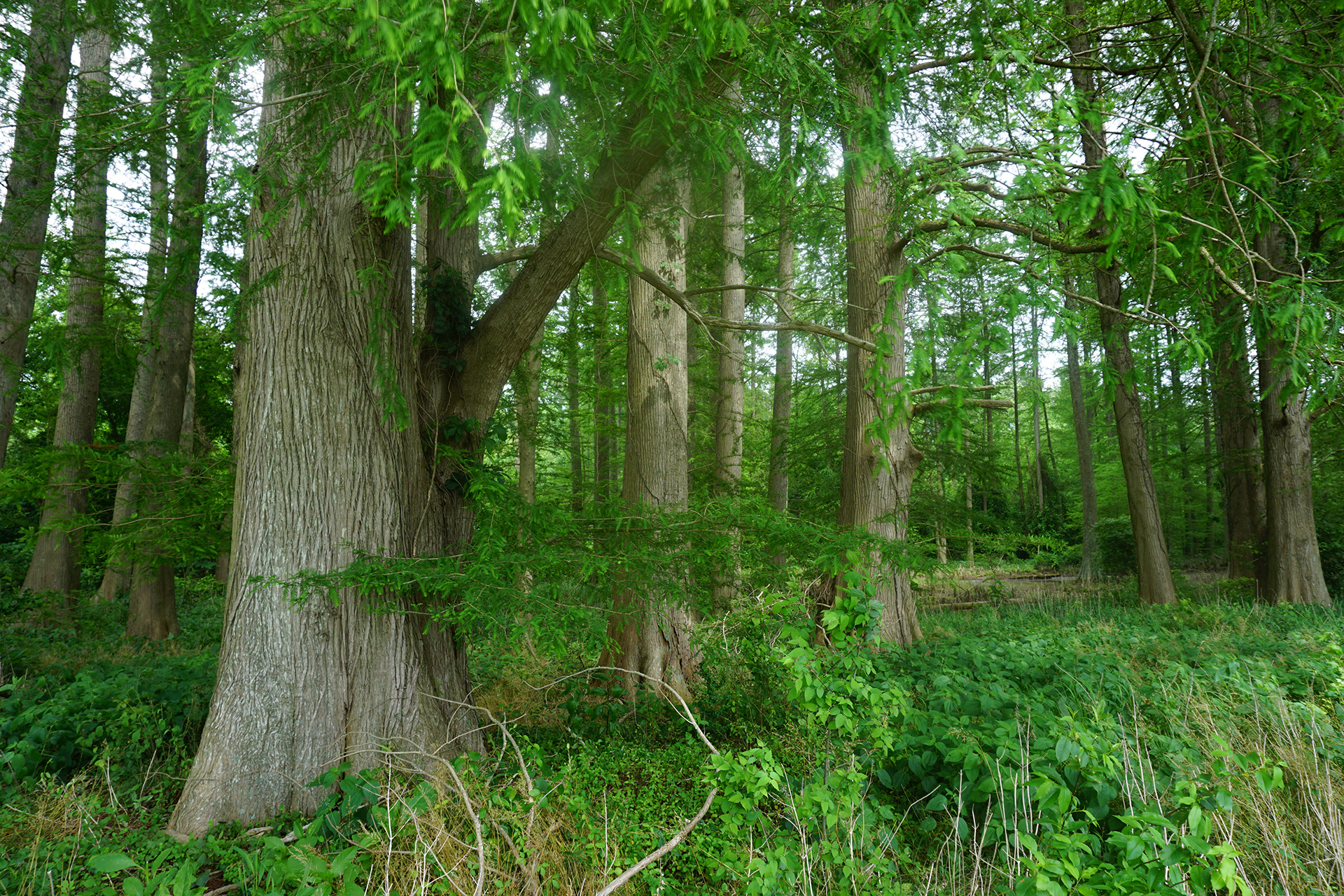
Bald cypress trees in the Great Cypress Swamp (Photo: Kelly Hogan)
“The substantial increase in the Swamp’s plant diversity stems from restoring its wetlands.”
Plant Diversity for Thriving Ecosystems
Completed in 2022, our botanical survey of the Swamp showed a 124% increase in plant diversity from the late 1990s. This striking change reflects restoration efforts in recent decades that have successfully increased the Swamp’s biodiversity. Greater plant diversity makes an ecosystem more resilient and more resistant to catastrophic disturbances—either natural or unnatural. In addition, the more types of plants the Swamp has, the more wildlife of all kinds it supports. We are using the data from the botanic survey to guide and accelerate the restoration of the Swamp’s key habitats.

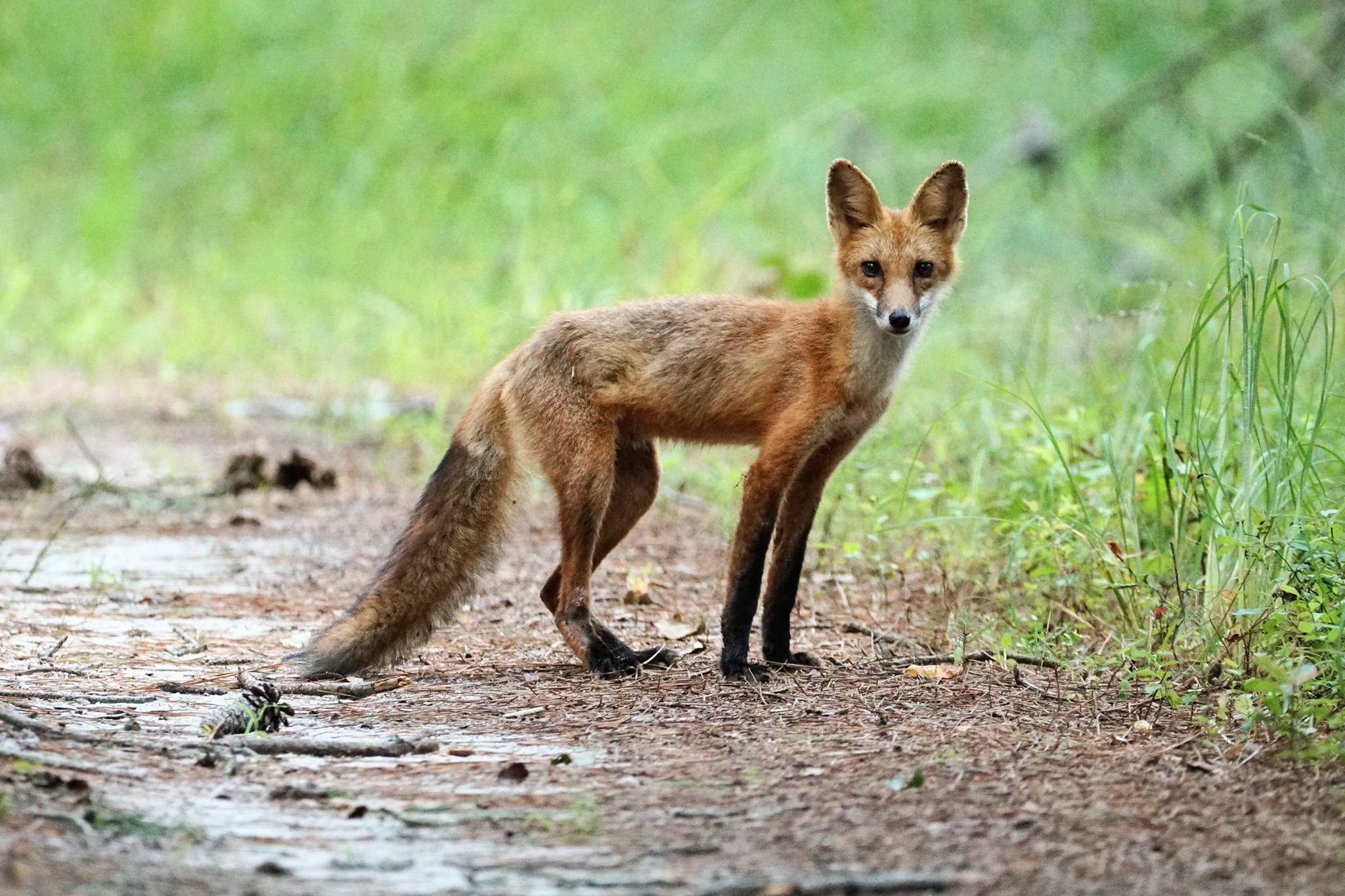
A great blue heron (left) and a fox (right) in the Great Cypress Swamp (Photo: Andrew Martin, Delaware Wild Lands)
Forests with higher plant diversity clean and filter water more effectively. The roots of plants hold organic matter together, allowing a more even water flow into the system. A lack of plant diversity can lead to flooding and drought. The substantial increase in the Swamp’s plant diversity stems from restoring its wetlands. How do we do that? It all begins with water.
How to Restore the Swamp’s Native Species
Rewilding with Hydrology
Large parts of the Swamp were historically dominated by two tree species: bald cypress and Atlantic white cedar. These two trees are keystone species, meaning their presence is essential to the life cycle of many other species in the ecosystem. Both of these trees have adapted to live in wet or flooded soils. This condition is unusual because most tree species cannot tolerate the low oxygen levels found in flooded or seasonally wet soils. Over the years, these unique forest types were degraded and decimated as the Swamp was logged, drained, and ditched.
To expand and restore bald cypress and Atlantic white cedar forests back to the Swamp, Delaware Wild Lands first restored the hydrology through controlled flooding. Now, native trees and other plants—and the wildlife that depend on them—can thrive in the restored environments.
Since our partnership with Delaware Wild Lands began, we’ve planted more than 37,000 Atlantic white cedar and bald cypress trees in priority areas of the Swamp. Parts of these plantings have incorporated an experimental, scientific approach to help us learn from different restoration techniques. For example, we have created experimental plots of protected and unprotected trees. This experiment helps determine how to quantify the effects of wildlife (especially deer) on the growth and survival of planted trees.
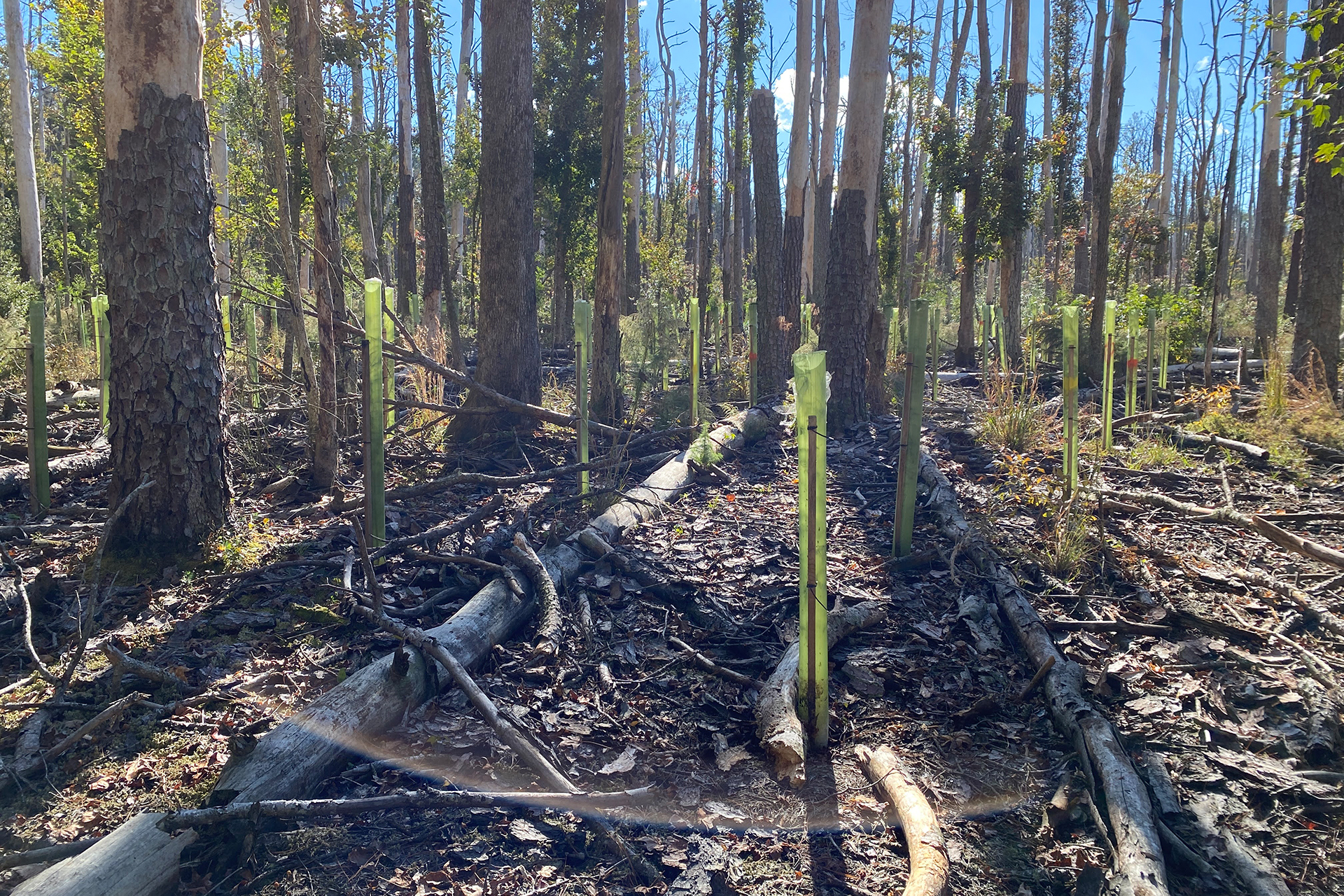
A plot of bald cypress seedlings protected with tree tubes in the Great Cypress Swamp (Photo: Kelly Hogan)
Our preliminary monitoring results show the protected seedlings growing much faster than the unprotected trees. We attribute this difference partly to deer browsing and partly to the harsher microclimates around the unprotected seedlings. Our monitoring is ongoing, and we still have much to learn.
“Delaware Wild Lands has been part of the community for decades, and local support for the project is strong.”
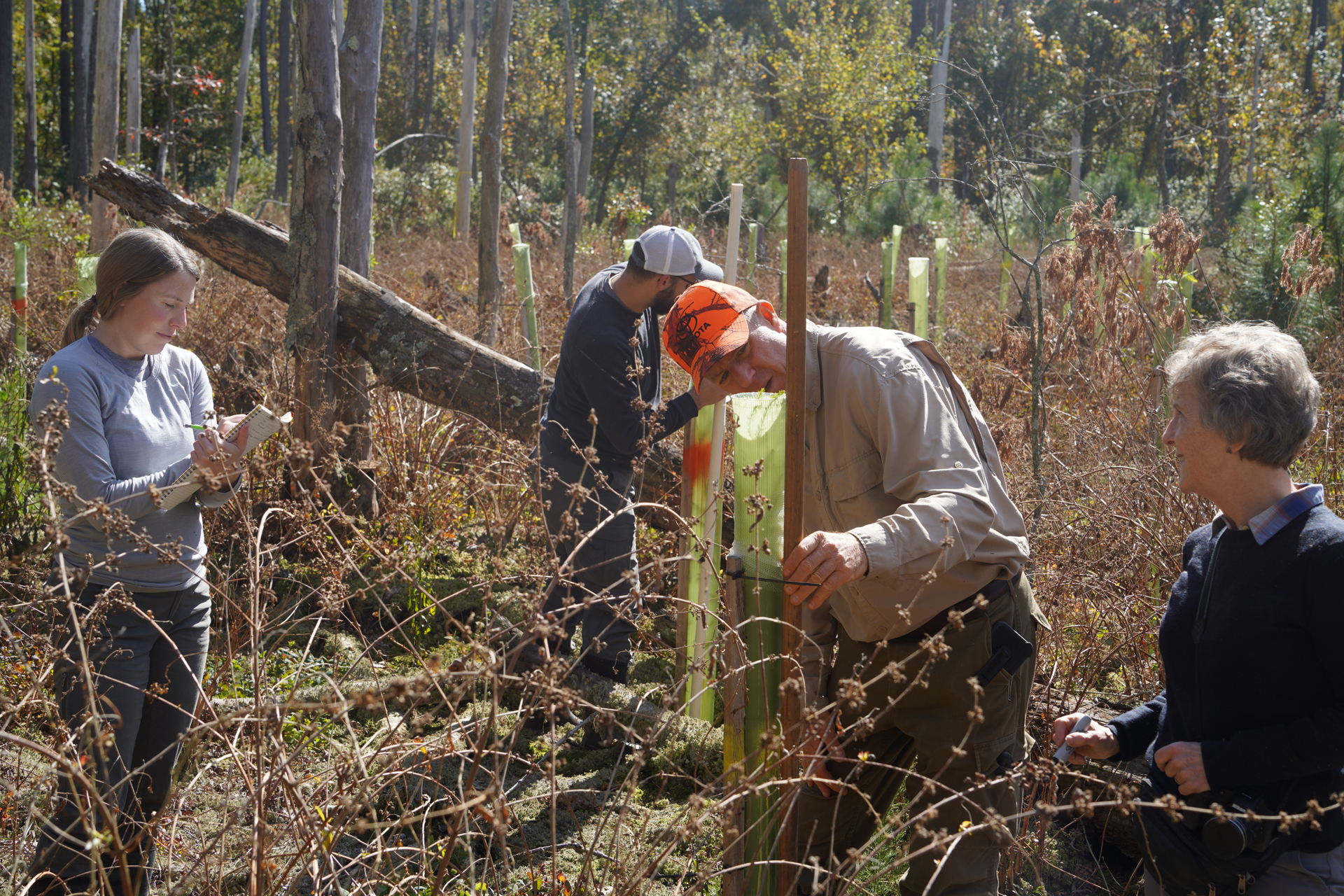
Team members from Wild Earth Allies and Delaware Wild Lands monitor bald cypress seedlings protected with tree tubes in the Great Cypress Swamp. (Photo: Andrew Martin, Delaware Wild Lands)
A Community-Based Collaboration
A key part of the Swamp’s successful restoration is the positive relationships Delaware Wild Lands sustains with surrounding communities and landowners. Delaware Wild Lands has been part of the community for decades, and local support for the project is strong. The Delaware Wild Lands team also holds a deep knowledge of the area’s natural history and the Swamp’s varied ecosystems. Wild Earth Allies looks forward to continuing our partnership through combined expertise and supportive collaboration. Moving ahead, our focus will be multifold, including:
- Expanding forest restoration and management strategies
- Identifying and restoring other important vegetation types
- Continuing to refine experimental approaches to monitoring the current tree plantings
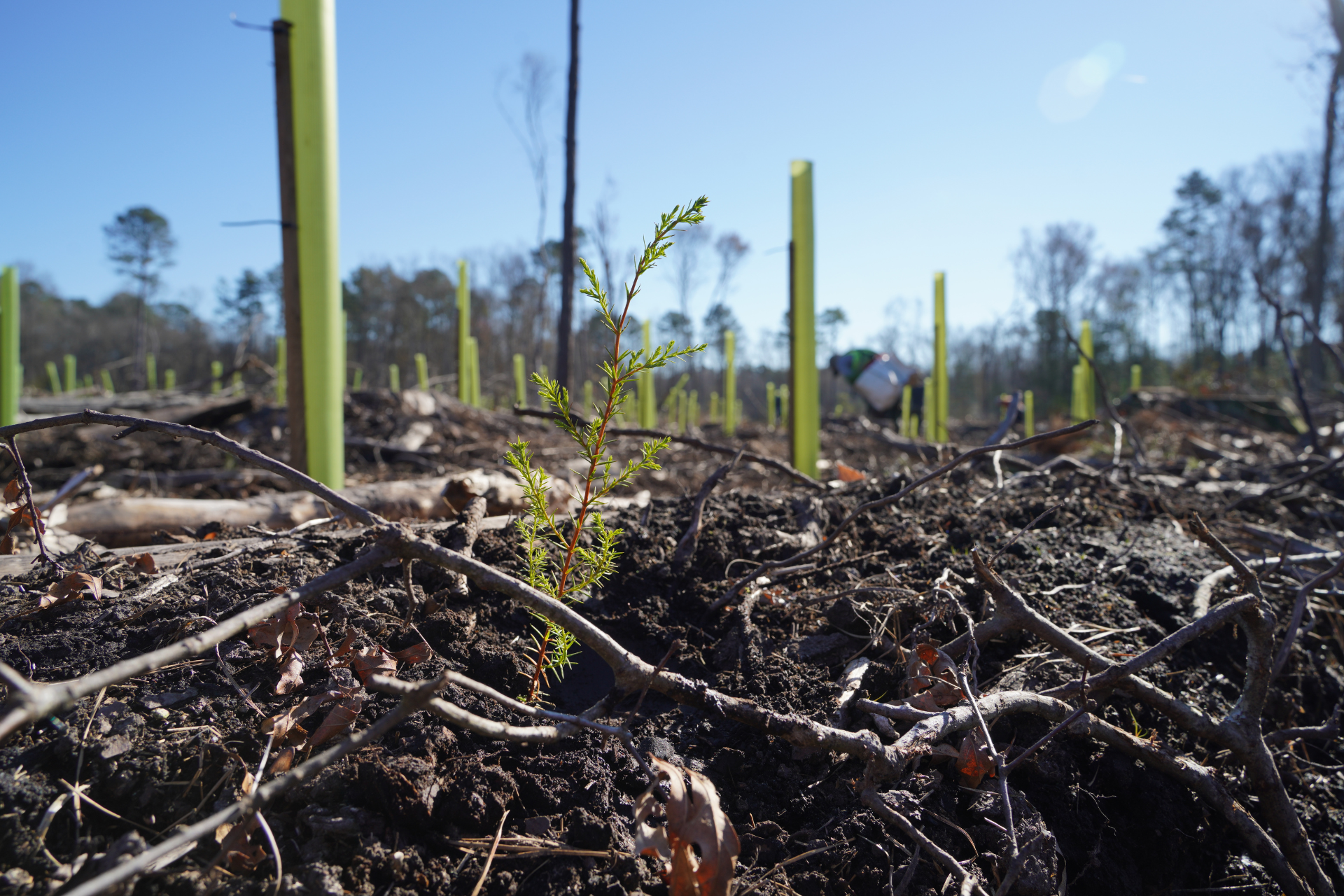
A plot of Atlantic white cedar seedlings protected with tree tubes in the Great Cypress Swamp (Photo: Andrew Martin/Delaware Wild Lands)
“Each one of our ecosystems plays a critical role in keeping our climate healthy and balanced.”
Maintaining Biodiversity’s Connections
As a botanist who has worked for nearly 30 years in Belize and the U.S., I see many connections between the two. For example, a striking yellow bird called the prothonotary warbler depends on ecosystems in both places. The warbler breeds in the Swamp in the spring and migrates to Belize for plentiful food and safety in the winter. Like all migratory birds, the prothonotary warbler flies to the same places year after year unless those places are ecologically altered. So by keeping these two ecosystems intact, we benefit many bird species. In fact, the prothonotary warbler is just one of at least 70 migratory bird species that migrate between Delaware and Belize.
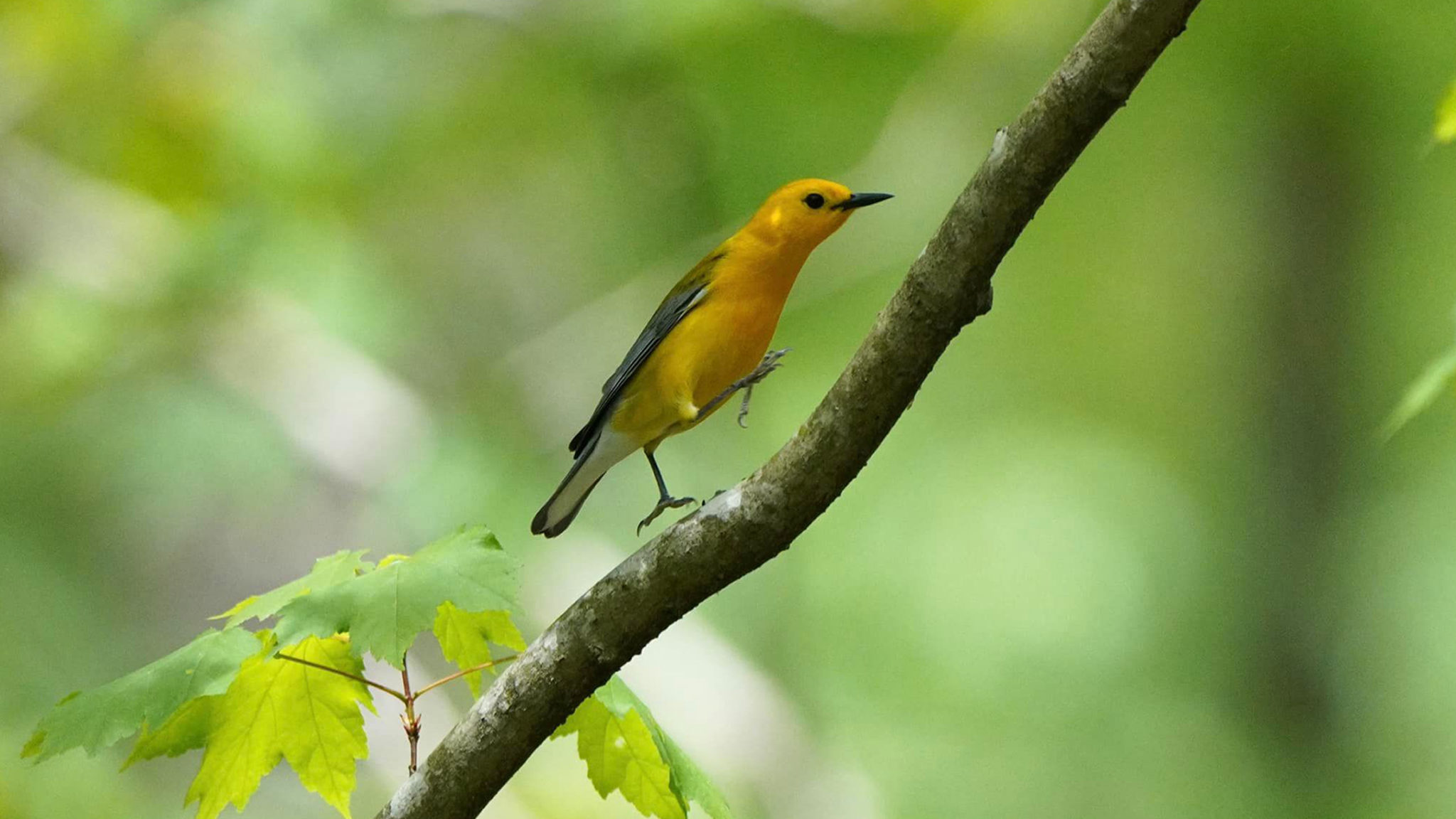
A prothonotary warbler nests in a tree cavity in the Great Cypress Swamp. (Photo: Andrew Martin, Delaware Wild Lands)
These same types of ecological connections exist all around the globe. Each one of our ecosystems plays a critical role in keeping our climate healthy and balanced. And I believe the vast life they contain—down to a single plant species or the smallest insect—holds inherent beauty, worth, and value.
To stay up to date on our work in the Great Cypress Swamp and other key biodiversity areas globally, please follow us on Facebook, Instagram, LinkedIn, and Twitter.


